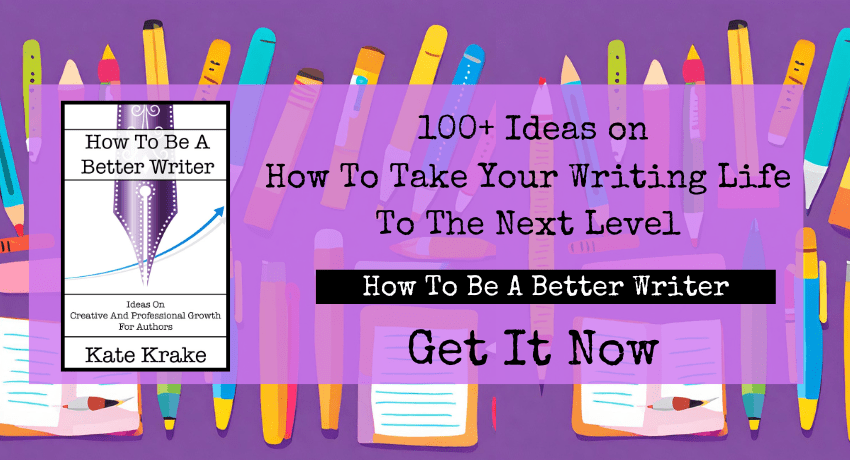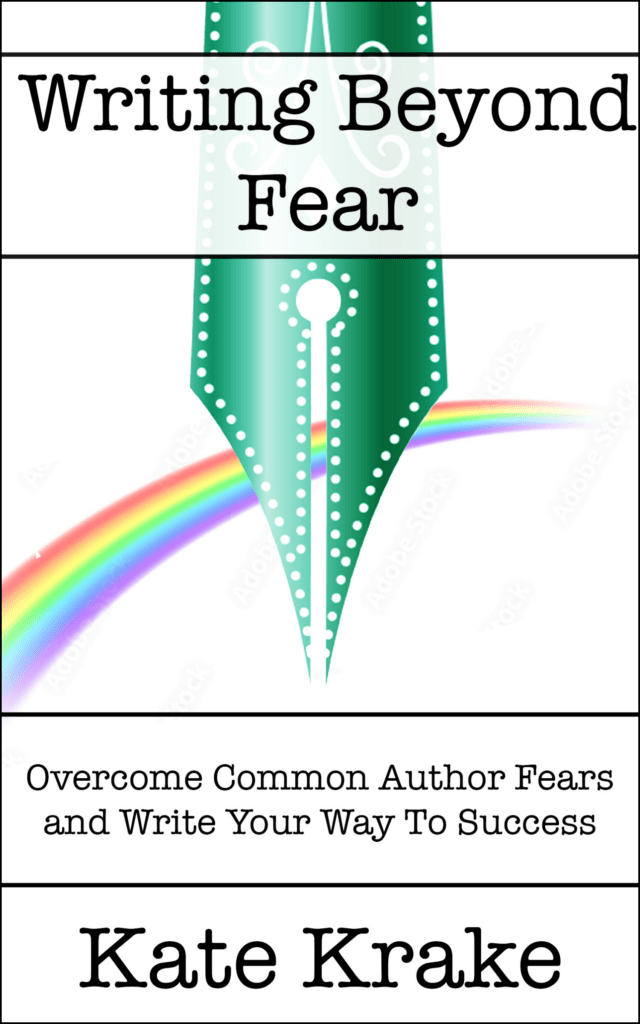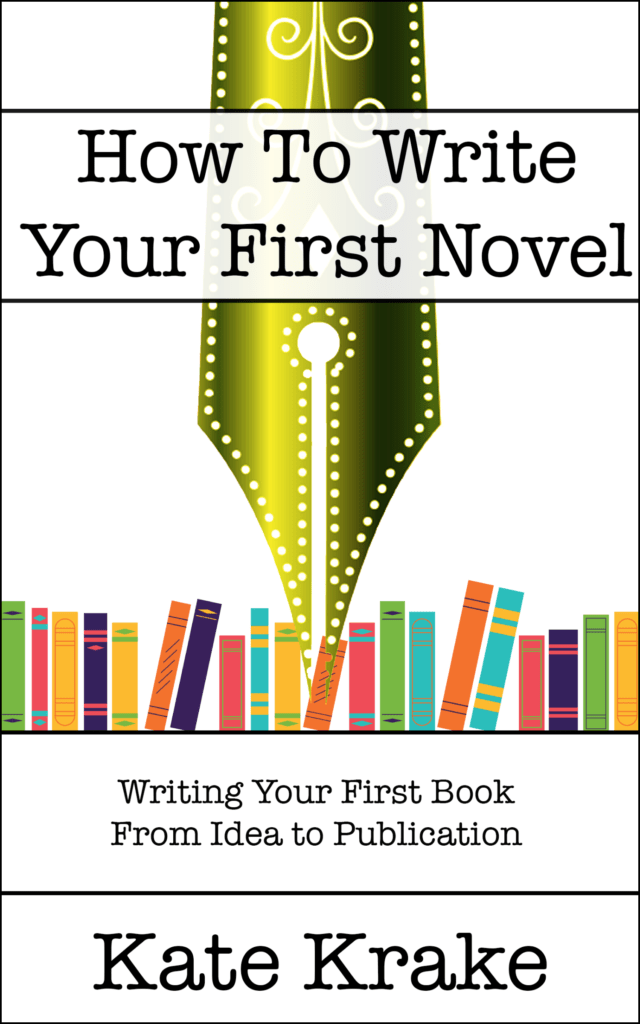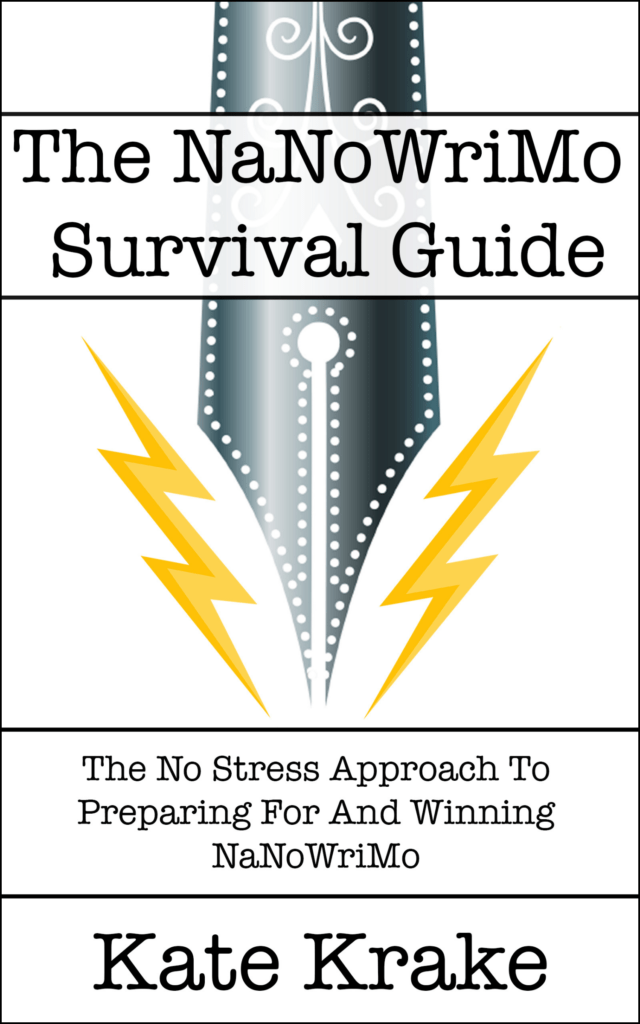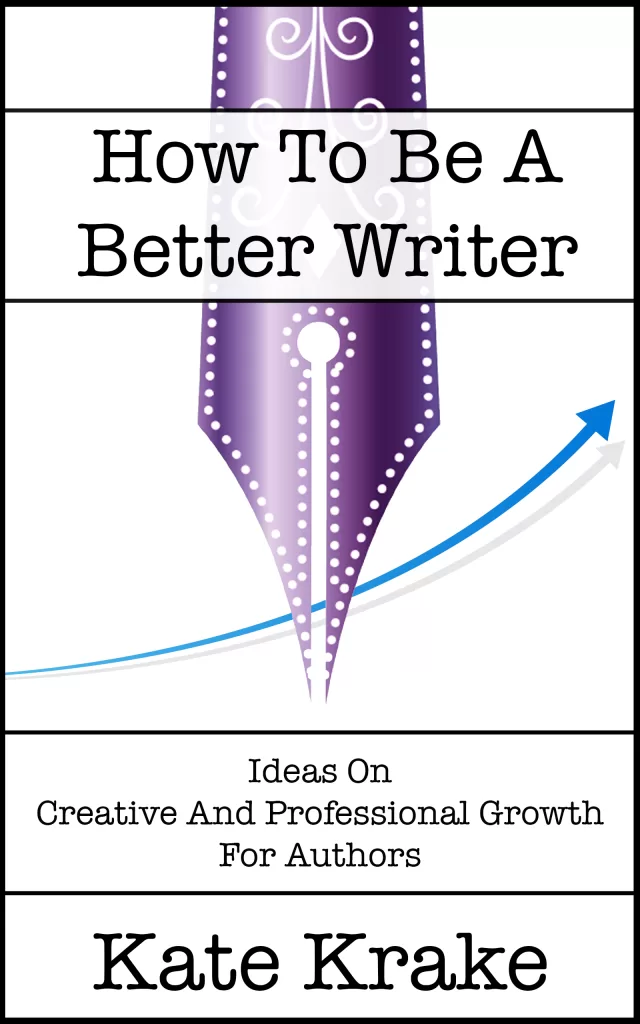Idea to action is one of the biggest hurdles new writers face.
How do we turn inspiration into results?
How do we make real books out of intangible sparks of ideas?
Inspiration can happen in just a single moment. It can feel like being hit in the head by a lightning bolt. In a good way. Suddenly everything makes sense – you know what you want to write, what’s going to work. The how, what and why of your story or whatever you’re creating falls into place. You know it’s a great idea. It’s exciting, it’s enticing, you can’t wait to get cracking and get the words down.
Inspiration is like magic. It’s often inexplicable, often coming from hidden places we didn’t even know we were visiting, often leading to wondrous things.
But…
Ideas and inspiration mean nothing if we don’t put it all into action.
Ideas are the foundation for excellent books, but there’s a lot more between having an idea and creating an actual story.
So what do you do when that magical lightning bolt slams you? How do you turn your inspiration into real action?
Different writers have different ideas and methods for turning inspiration into results and actual stories. Here are a few of them.
Do Nothing
Do nothing? Isn’t that the opposite of action?
Try this
When you experience that first glimmer of an idea, don’t write it down. Don’t plan a book around it. Don’t start naming characters or anything specific. Just let the idea sit and simmer away until the ideas build until you’re ready to burst. And then write. What happens after that initial stewing phase could be brainstorming, outlining, or actual writing.
Start Writing
To offer the other extreme to the Do Nothing approach, take that first idea and start writing to see what happens.
I know a lot of writers who use Nanowrimo for this process – a defined timeframe dedicated to bashing out words as fast as they’ll come, riding the waves of inspiration to find out the results at the end. Some writers start from a possible beginning, others just jump in and start writing what could become the story’s end. Typically, this isn’t the way to go for planners and plotters. It’s an unstructured process, almost like a long form brainstorm. It can be wildly creative and lots of fun.
Brainstorming
Brainstorming is a free-for-all process of writing everything in your head, good ideas, bad ideas, possibly unrelated ideas. Everything. Long form details, notes, drawings, anything.
Brainstorming ideas can happen in notebooks or huge sheets of paper or whiteboards, or any of the millions of brainstorming apps around – anything works as long as there’s sufficient space to record LOTS of ideas. I usually find the longer I brainstorm for, the better ideas I end up developing. The obvious thoughts and connections come out at the beginning and as they dry up, the really interesting and original notions occur.
Mind Mapping
Mind mapping (also called the thought bubble technique) is like brainstorming, but more structured. A mind map starts with a core idea. From that point, you then jot down all the ideas that are connected to it and the ideas connected to those ideas and so on until you end up with a web type structure. The more associations you can think of, the more avenues you’ll have to take your ideas down. Mind mapping is brilliant for writers who write best through planning and structured thinking, and is a good method to visualize your thought process.
Outlining
This is a formal way of organizing thoughts into a specific structure, a novel or some other form of narrative. You start the outline mostly knowing what you’re going to make in terms of the form (novel, short story, series, serial etc), and the content (genre, tropes, etc). If you do outline, you’re not tied to that map. Many writers outline and then go off course when the real writing happens. Some outline only the major plot points and discovery write in between.
Check Out The Competition
Even though you’ve just had the best idea ever, chances are, someone’s already written a story with a very similar idea. This is fine! One idea given to ten different writers will bring out ten (or more) different stories – it’s all in the execution. Do you think Harry Potter was the first ordinary boy to discover he has magical powers?
I sometimes like to get out there and read what other writers have written along the same lines as the ideas I’m working with. I find it’s a great way to form new layers onto ideas, and this research is something I usually do as part of a few early brainstorming sessions.
If you’re commercially minded, it’s also a good way to see what kinds of stories are selling and write to market.
You’re not limited to owning only one of these approaches. You can try them all, use them all. For the same idea, or different approaches for different ideas and projects.
Ideas are cheap. They’re anywhere and everywhere. The real value is all in the action that follows the idea, turning that inspiration into something tangible.


